HYDROGEN
The ideal complement to renewable energies in the transition to a decarbonised economy. WHY YOU SHOULD THINK ABOUT HYDROGEN:
- Hydrogen can be used as a fuel, an energy carrier or a feedstock and can reduce CO2 emissions in industry and transport.
- The Energy Tax Directive sets preferential tax rates for the use of renewable and low-carbon hydrogen for end users.
- The use of green hydrogen will make it possible to become energy independent of fossil fuel supplies
The use of green hydrogen plays a key role in the European Green Deal

TECHNOLOGY: ELECTROLYSIS
By adding electricity to water, the water can be separated into hydrogen and oxygen.


Among the known strategies, water electrolysis is the easiest technology
to be transferred to large-scale industry.
SOLARH2CYPRUS: TECHNICAL CHARACTERISTICS
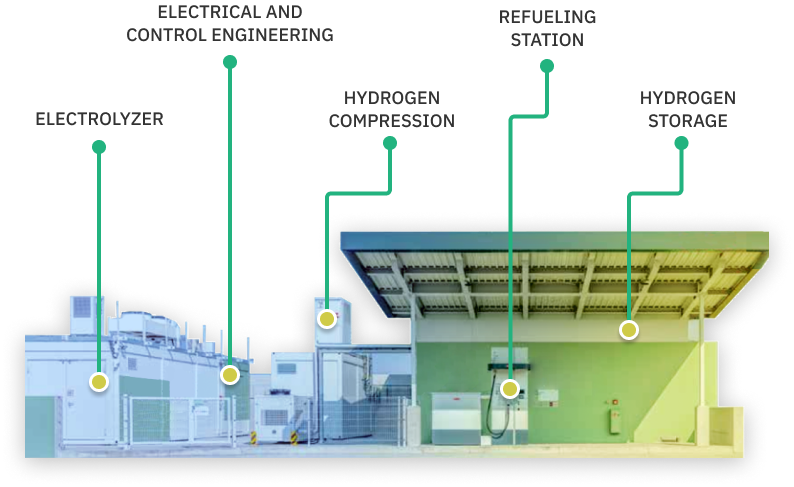
| H2 Production nominal | 18 kg/h; 40 t/year |
|---|---|
| H2 Purity | 5.0 (ISO 14687:2019) |
| H2O Required quality | TrinkwV 2020 br>Directive 2020/2184-EU |
| H2O Consumption | 260 l/h; 562 m3/year |
| Power supply electrolysis | 1.325 MVA |
| Power supply periphery | 150 kW |
| Energy consumption | 53 kWh/kg; 2.12 MWh/year |
| Output pressure | 350 bar / 700 bar |
FUEL CELL ELECTRIC VEHICLES FCEV REFUELING
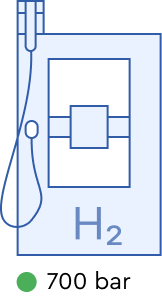

- passenger cars
- light commercial vehicles
- refuse collection vehicles
- in the future, possibly also articulated trucks
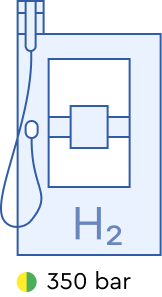
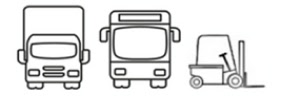
- buses
- medium and heavy commercial vehicles
- industrial trucks
COMMERCIAL VEHICLES TO RUN AS DUALFUEL HYDROGEN-DIESEL VEHICLES
By using hydrogen as 90% of the fuel, the engine’s CO2 emissions can be limited to 86% compared to those of a standard diesel engine.
The conversion involves the supply and installation of tanks, lines, engine control and management systems.
This type of conversion is seen as a reduced emission steppingstone toward a fully zero emission future.

Zero emission CO2

High torque at
the beginning of driving

Large operation rang

Silent operation

Cruising range up to 1000 km

Quick refuelling
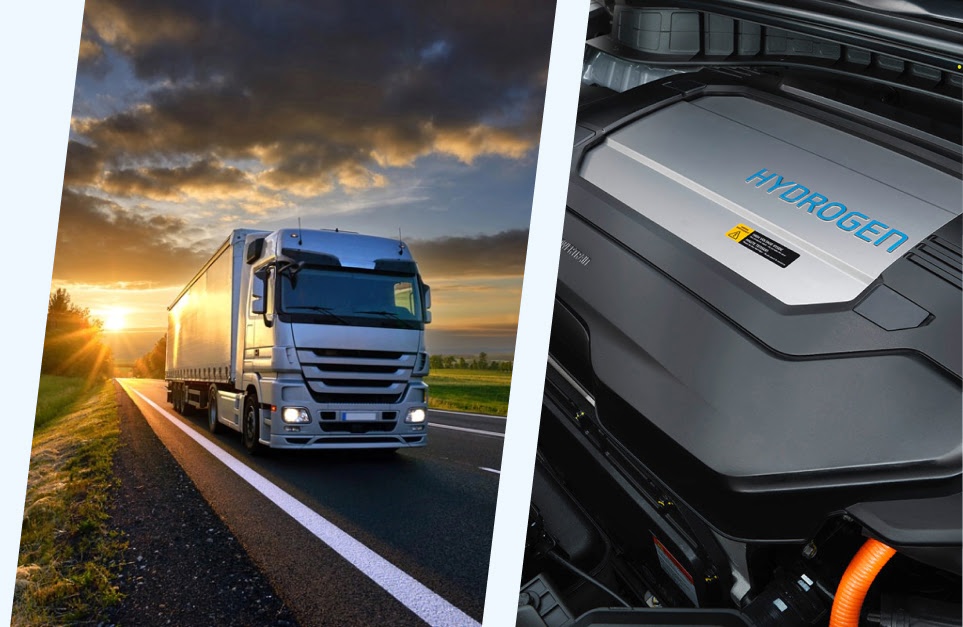
FCEV MODEL
OVERVIEW

LIGHT VEHICLE
H2 tank capacity: 4-6 kg
H2/100 km consumption: 0.75 kg
Price: 50,000 €

LIGHT VEHICLE
H2 tank capacity: 100 kg
H2/100 km consumption: 4-9 kg
Price: 600,000 €

TRUCK
H2 tank capacity: 100 kg
H2/100 km consumption: 6-10 kg
Price: 200,000 €
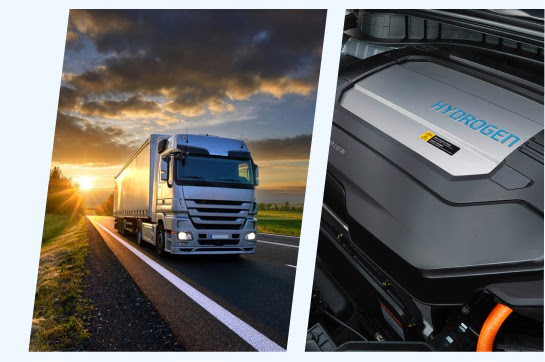
WE EXPAND NEW TECHNOLOGIES, MAKING THEM ECONOMICALLY
AND TECHNICALLY VIABLE
The current cost of hydrogen
from renewables in Europe
is in the range of 6-8 €
per kilogram.
The cost of hydrogen
production by 2030
is predicted to be between
3.9-5 € per kilogram.
contacts